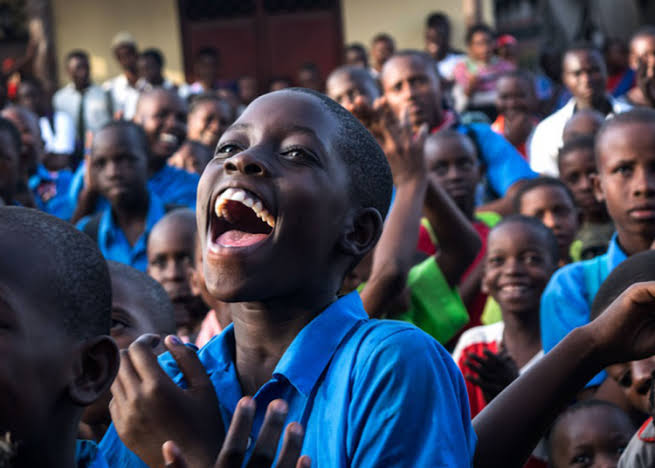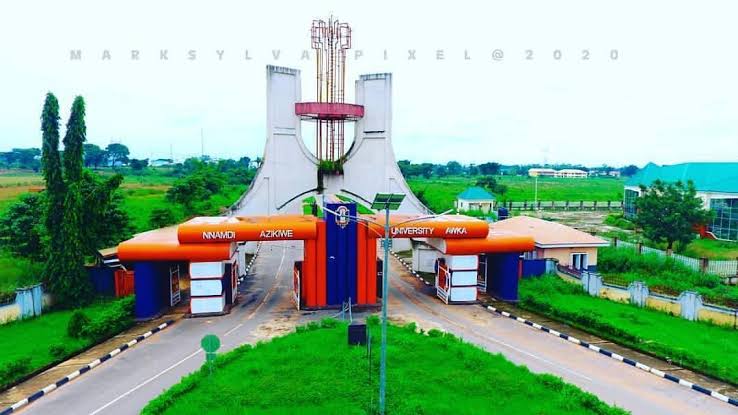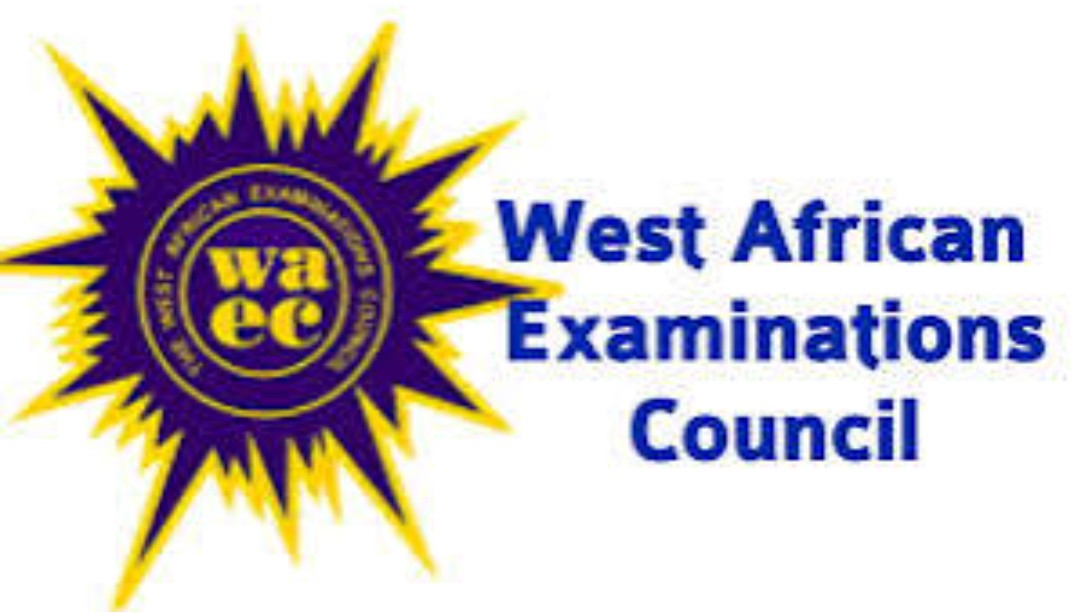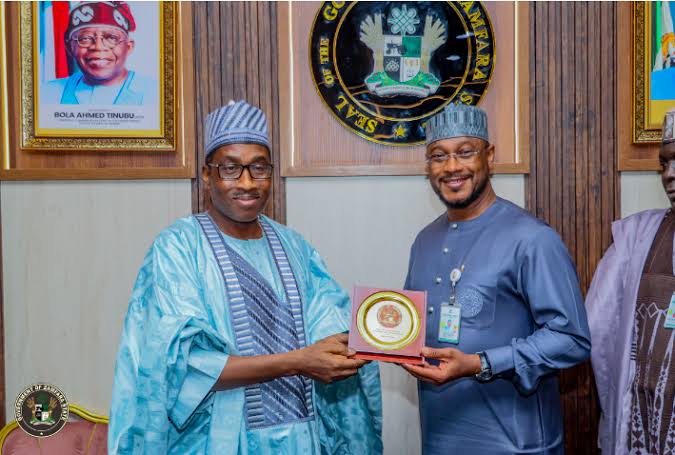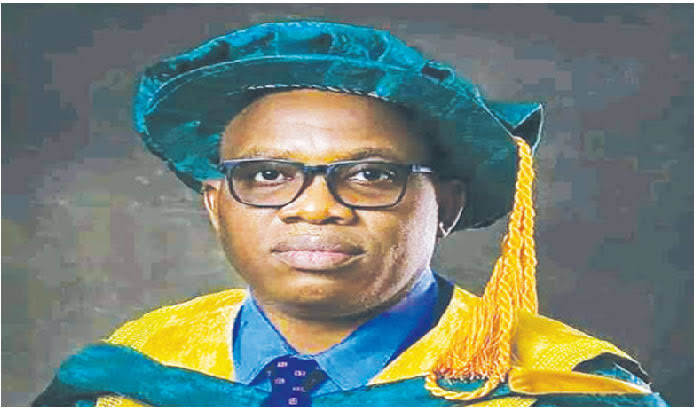In recent decades, Nigeria’s education system has faced a complex web of challenges, but the most pressing issue may well be the growing quality gap. Despite the country’s impressive strides in expanding access to education, the standards and outcomes of learning remain alarmingly low. With millions of Nigerian students passing through primary, secondary, and tertiary institutions, many still emerge with skills that fall short of global expectations. Inadequate infrastructure, underqualified teachers, and an outdated curriculum have all contributed to a system where diplomas don’t always translate to competence. This quality gap has severe implications, not only for the individuals directly affected but also for Nigeria’s broader development goals and competitiveness on the world stage.
The quality gap in education refers to the disparity between the current standards of education in Nigeria and the globally accepted benchmarks of what quality education should be. While students in many other countries achieve basic competencies and advanced skills, many Nigerian students struggle with literacy, numeracy, and critical thinking skills.
According to a recent report by UNICEF, approximately 70% of Nigerian children between ages 6 and 11 are enrolled in primary schools, but only a fraction of these students demonstrate age-appropriate proficiency levels in reading and mathematics. Additionally, the National Bureau of Statistics (NBS) shows that around 40% of Nigerian graduates are unemployed or underemployed due to inadequate skills and poor educational quality, highlighting the severity of the quality gap. Also, the World Economic Forum ranked Nigeria’s quality of primary education at 120th and its quality of tertiary education at 117th out of 137 countries in 2017/2018.
A major cause of Nigeria’s quality gap is insufficient teacher training. According to the Teachers’ Registration Council of Nigeria (TRCN), about 40% of teachers in Nigerian schools are not professionally qualified. Many lack the necessary skills to deliver effective lessons or to adapt teaching methods to students’ diverse needs. In rural areas, where resources are even more limited, unqualified teachers often struggle to keep students engaged, contributing to a low standard of education.
Nigeria’s education curriculum has been criticised for failing to keep up with current technological and societal advancements. At all school levels, education in Nigeria is buffeted by a weak, outdated, and overloaded curriculum that is fighting for relevance in the context of the country’s needs. While the world has shifted toward skills-based learning, Nigeria’s curriculum remains largely theoretical, lacking a focus on practical, problem-solving skills. A 2022 UNESCO report points out that only about 10% of Nigerian students receive training in Information and Communications Technology (ICT) during their primary and secondary education years, leaving them unprepared for a modern workforce.
Poor school infrastructure is a major factor in the quality gap. The majority of schools in Nigeria, particularly public institutions, are severely underfunded. Many classrooms are overcrowded, with some schools even lacking basic facilities like toilets, clean water, or safe learning environments. According to the Ministry of Education, about 60% of public schools lack access to a proper science laboratory, further impeding the delivery of quality education, particularly in STEM (Science, Technology, Engineering, and Mathematics) fields.
Nigeria’s annual education budget has historically fallen short of the UNESCO recommendation, which advises that countries allocate at least 15-20% of their national budget to education. In 2023, Nigeria’s education budget stood at around 7% of the national budget, which is insufficient for addressing the infrastructural and systemic challenges plaguing the sector. As a result, essential resources, teacher training, and educational tools remain limited.
While the Nigerian government has introduced numerous policies to improve education, many of these initiatives face challenges in implementation. Corruption, mismanagement, and lack of monitoring often result in policies that sound promising on paper but fail to make an impact. According to Transparency International, around 30% of funds intended for educational development are lost due to poor administration and corruption, aggravating the quality gap further.
The quality gap has a direct impact on Nigeria’s economy. Graduates without adequate skills contribute to the high unemployment rate, as employers struggle to find job-ready candidates. According to the World Bank, every year that Nigeria’s education quality gap persists translates to an estimated 0.5% loss in GDP, given that the economy depends heavily on a skilled workforce.
A low-quality education system often leads to disillusionment among young people who feel unprepared and unqualified for the workforce. This disenfranchisement can fuel societal problems such as crime, substance abuse, and youth unrest. When education fails to equip students with employable skills, these individuals face limited opportunities, pushing many towards illegal or unproductive activities as a means of survival. Nigeria’s education quality gap also limits its competitiveness on the global stage. Countries like India, China, and Malaysia have invested heavily in quality education to develop a skilled labour force that contributes to global innovation. Nigeria, on the other hand, risks being left behind as its workforce remains underdeveloped and inadequately skilled for the demands of the global economy.
Enhancing teacher quality is key to improving education in Nigeria. The government could focus on providing continuous professional development programmes, particularly in underserved regions. Improving teacher remuneration and working conditions could also attract more qualified professionals to the education sector.
Nigeria needs to overhaul its curriculum to align with current trends and demands. This includes incorporating ICT, critical thinking, and entrepreneurship skills into the education system from an early stage. Lessons should be structured to encourage problem-solving, creativity, and independent thinking, preparing students to excel in a modern workforce.
In addition, a higher budget allocation for education would enable the government to build more classrooms, provide modern learning tools, and improve school infrastructure. Additionally, transparent and effective management of funds could significantly reduce corruption and ensure resources reach their intended recipients.
Embracing digital learning tools and e-learning platforms could help bridge the quality gap, particularly in rural areas where physical resources are scarce. Mobile devices, online courses, and digital libraries can provide students with access to quality educational content and supplement their traditional learning. To ensure that policies are effectively implemented, Nigeria needs a robust monitoring system. Independent bodies could oversee educational programmes, evaluating their outcomes and identifying gaps. Such transparency can foster accountability and allow policymakers to make informed adjustments.
Conclusion
Nigeria’s education quality gap presents a formidable challenge, but it also offers an opportunity to reform and reimagine the country’s approach to learning. Addressing the root causes of this gap—such as teacher training, outdated curriculum, and funding allocation—could revitalise Nigeria’s education sector, creating a system that not only meets the needs of its students but also prepares them for the challenges of a competitive global environment. By committing to reforms and focusing on quality over quantity, Nigeria has the potential to close the gap and provide its youth with a future rooted in competence, resilience, and ambition.
The road to bridging the quality gap in Nigerian education may be complex, but the rewards are invaluable.



